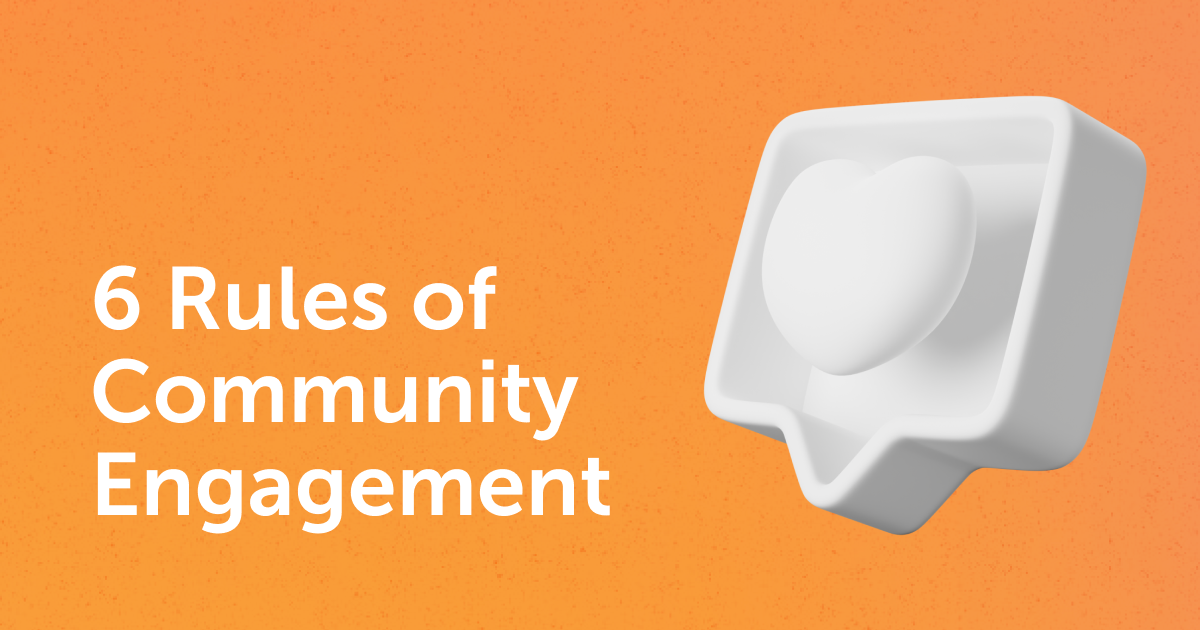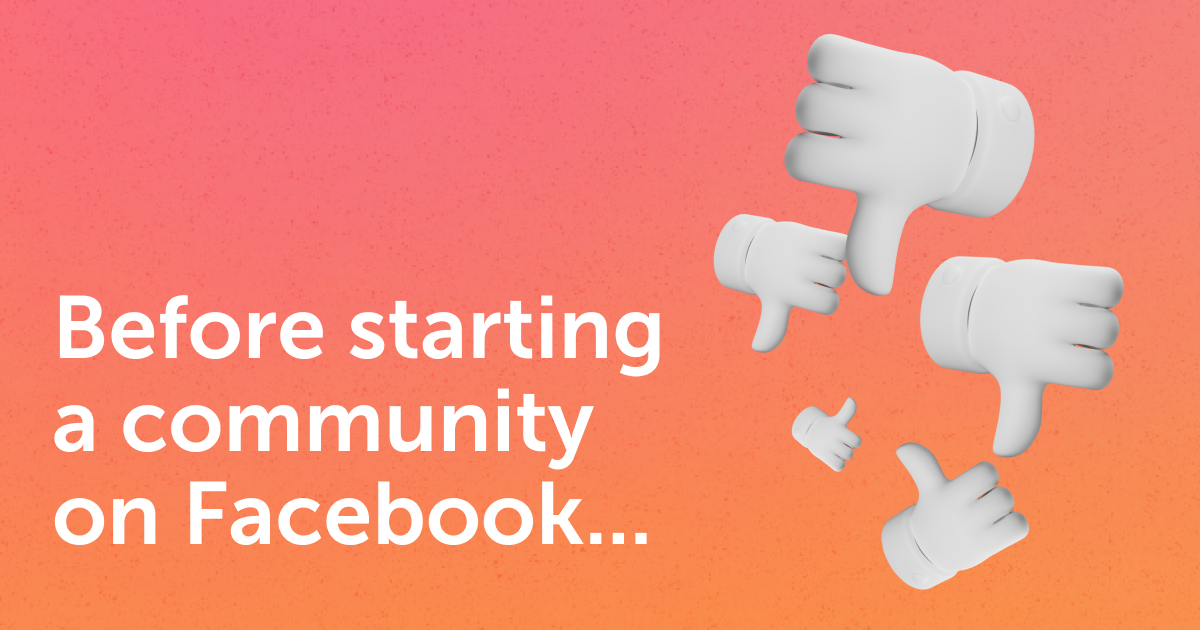Community 101 Series: The Ladder of Community Engagement – A framework for scale, sustained growth, and earned trust
Maybe you are a marketer seeking to build relationships with your best customers, or an HR manager wishing to improve employee experience, or a patient advocacy leader seeking to build trust with a patient group to capture more valuable insights and achieve better health outcomes; for these and other purposes, communities are an important tool to success.
That said, the prospect of building a healthy, engaged community can be a daunting one. Time-worn tactics, such as offering free perks and offers, can prompt initial adoption but lead to little long-term retention. Building communities without understanding the dynamics of engagement and sustained growth can feel like boiling the ocean: a lot of time, resources, and effort for frustratingly little result.
If you understand community engagement dynamics – specifically the Ladder of Community Engagement – you will set your organization up for stronger member relationships, retention, and scaled outcomes, as the community will amplify, support, and extend your initiatives.
What is the Ladder of Engagement?
The Ladder of Engagement is a framework for contextualizing participation and interest among online community members. It is based on the premise that no one-size fits all approach to community engagement exists; members come into the community with different levels of time, attention, and motivation. Rather than chart growth and gauge success around any one action or metric; community managers should instead focus on establishing a first step and accelerating members to a next step appropriate for them.
Each rung of the ladder represents an increasingly important action or activity towards an ultimate goal. Goals can be for the community itself, such as becoming self-sustaining or providing people with resources or value, or business-oriented, like making a sale.
Understanding each step:
Step 1: Discovery
At the very bottom of the ladder is the baseline task of discovery. At this level, a person is learning about your community for the first time. They’re deciding if your mission, topic, and purpose are worth following or contributing to.
They may have found you from paid ads, organic search results, social media, word-of-mouth, or another channel. What’s important at this stage is to make a good first impression.
Recent activity and active community members will inspire people to join in, moving their engagement from this first rung to the second one.
Step 2: Subscribing
A person at this level knows your community and visits regularly. Whether they visit on a daily weekly or monthly basis, they are solely a voyeur or a ‘lurker’. They have yet to follow a user or even like a post, and only read others’ content.
This rung is one of the most difficult to move people past because up until now their relationship with the community is only passive. Interacting further means committing to this community. Check out these recommendations if you're noticing community members get stuck here.
Step 3: Interaction
At this point, a person feels comfortable in a community and is ready to join in. People will generally reach this rung through interactions like saving resources or liking posts, but not necessarily commenting yet, which comes at the next level.
To get people to this rung, creating content of value is essential. Begin to understand your audience and provide them with insights they can use, and ultimately like or save.
Step 4: Participation
We’ve reached a user’s first comment or post! This step is a call for celebration. Ensure each person posting (especially for the first time!) feels appreciated by showcasing their contribution and engaging with a thoughtful reply. From this step forward, every action a user takes adds new value to your community and should be nurtured.
Step 5: Sharing
For some communities, the sharing rung will come earlier in the ladder than others. But, in almost every case, by the time a person has passed the Participation rung, they have enough enthusiasm and understanding to share the community with others in a way that will entice new people to join in.
Step 6: Facilitation
At this rung, a person has invested enough time in the community that they take on the role of facilitator. They create posts not just to build status or share insights, but with the aim of engaging the rest of the community.
They welcome new members and help set the tone for everyone. In doing so, they become a central part of the community. At the Facilitation rung, a community member is taking on some of the responsibilities of a community manager.
Step 7: Leadership
When people reach the leadership rung, the community becomes truly self-sustaining. Leaders are those who take it upon themselves to moderate the community, keep it engaged, and sustain the liveliness within the digital cohort.
The community has most likely provided them with a lot of value, and they want to help others find it fruitful. They’re not just setting the tone, but creating the environment, helping organize, and facilitating meetups!
With an online community platform like Countable’s, organizations are uniquely empowered to move community members up the Engagement Ladder. Initially, your community will provide people with content that will keep them engaged. After that, you can enable members to take actions that are customized to your community’s purpose, like acting on a piece of content or engaging in discussion. With Countable, you will provide motivating reasons for people to begin engaging in your community, and then continue interacting and participating over time. Moderation tools and permissions also make it easy to facilitate conversations in a safe environment as well as extend those privileges to users who have reached the Leadership rung.
Of course, every community will have its own goals, whether that’s providing customer support, enabling leaders to do better work, or educating people with similar interests. When starting out it’s important to map out your own community’s Ladder of Engagement. Doing so will make it easier to trace member growth and empower new members to become more involved.
Share this
You May Also Like
These Related Stories

The 6 Rules of Community Engagement

What to know before starting a community on Facebook
%20(Twitter%20Post)%20(LinkedIn%20Post)%20(LinkedIn%20Post)%20(1200%20%C3%97%20400%20px)%20(7)-1.png?width=1200&height=800&name=Copy%20of%20Copy%20of%20Copy%20of%20Copy%20of%20Stat%20linkedin%20graphic%20(Twitter%20Post)%20(Twitter%20Post)%20(LinkedIn%20Post)%20(LinkedIn%20Post)%20(1200%20%C3%97%20400%20px)%20(7)-1.png)
